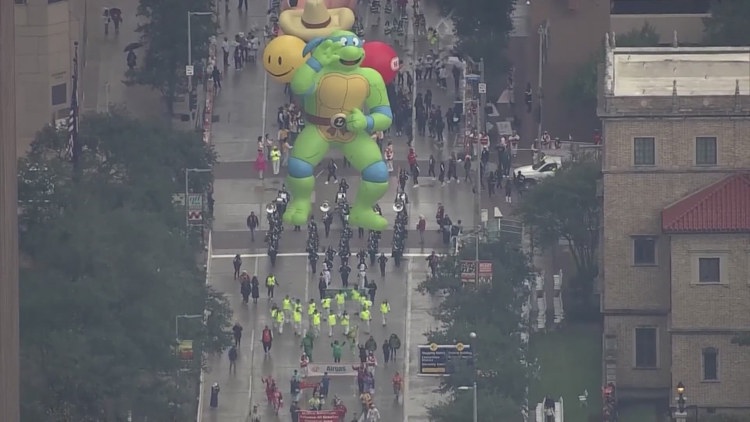The fabled expedition of Ernest Shackleton , the Anglo-Irish explorer who led 27 men on a voyage to Antarctica in 1914 aboard the three-masted barquentine schooner Endurance , only to see his ship sink and to spend the next 500 days trying to survive and get back to civilization, sounds like something you read about in history books — or maybe a storybook. It’s a saga so removed from our time, so rooted in a pre-technological world, that the idea that you could actually see it as it’s happening seems wondrous. Yet Shackleton, who had an early 20th-century showman’s flair for publicity, took a filmmaker along with him as part of the crew — the photographer and cinematographer Frank Hurley, who shot the whole journey.
So even as Shackleton and his men were stranded at the bottom of the earth, trapped in an endless stretching expanse of pack ice, their daily routines, their research, the entire frozen-in-time ordeal was being photographed and recorded. The voyage of the Titanic took place in 1912, two years before Shackleton’s expedition, and just imagine if the fate of the Titanic had been caught on film, the footage preserved under the ocean and then recovered. It would feel like you were bearing witness to the uncanny.
The footage of Shackleton and his men conjures a touch of that level of awe. It’s transporting, like a time machine. I first encountered this footage — and, indeed, the entire saga — when I saw “The Endurance: Shackleton’s Legendary Antarc.


















